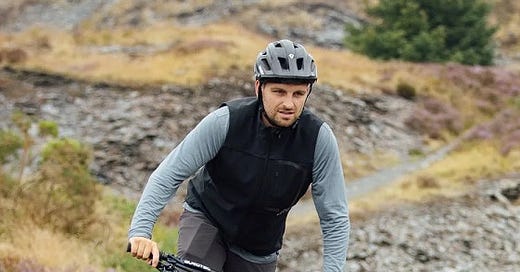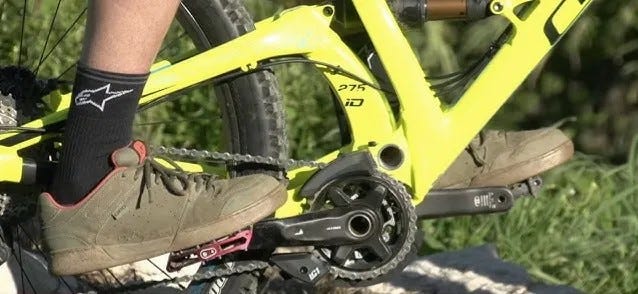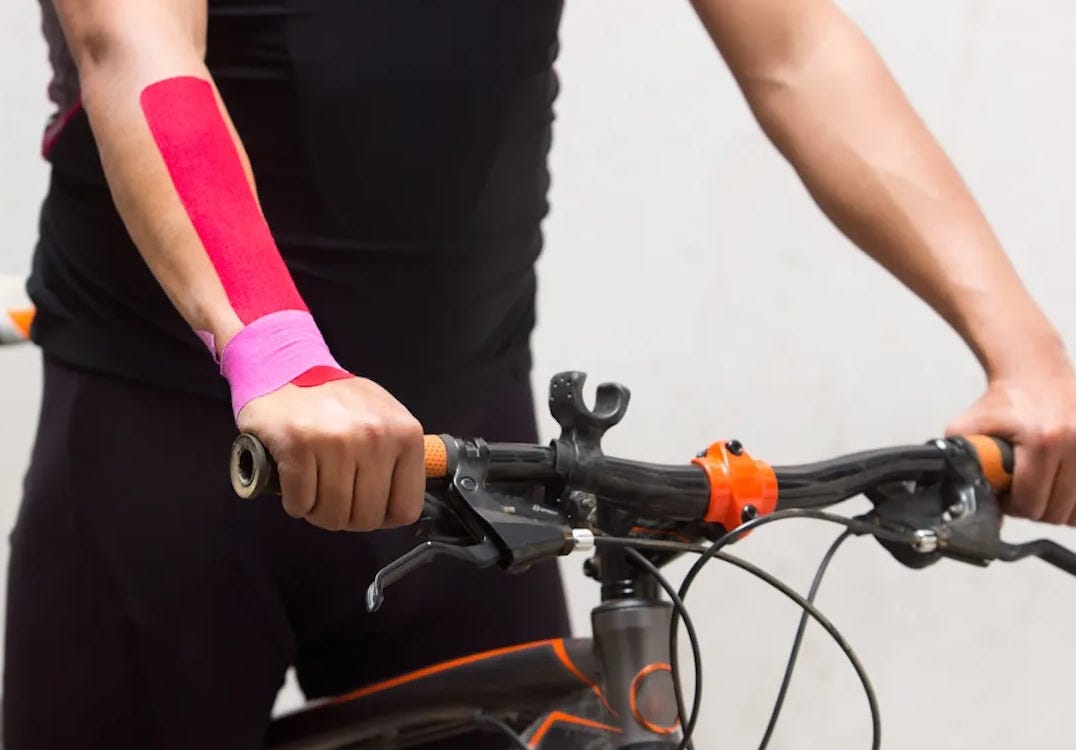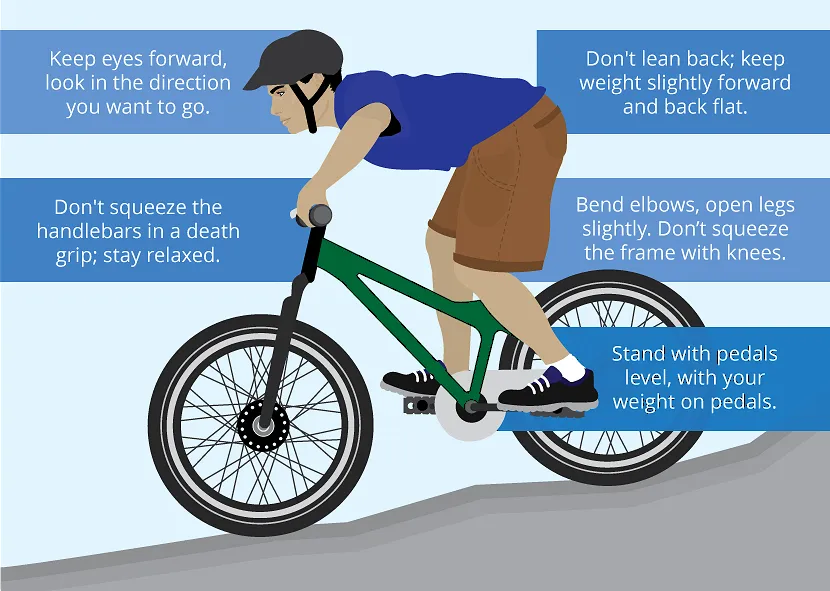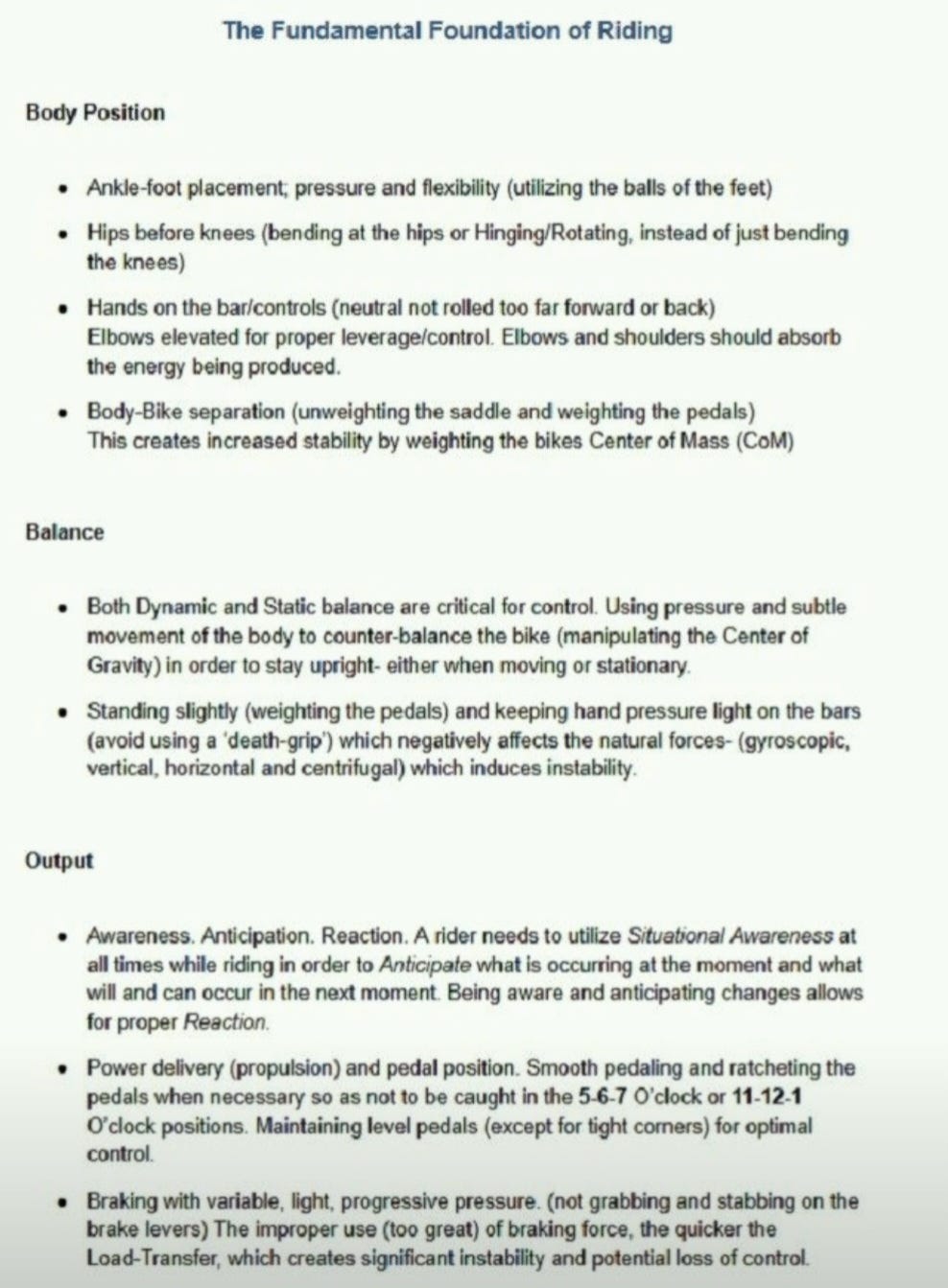So you've been a ‘cyclist’ for some time now…10 years? 20 years? More…perhaps? And now you're trying your hand at “gravel” biking or even some mountain biking! We'll first off, let me give you a thumbs up 👍 Attempting something different is half the battle in learning a new set of skills…
But let's pause the conversation right here and take a step back. Firstly let's stop using the term ‘Gravel Biking’ as there's no such specific application- most all ‘gravel’ type roads are multi-surfaced; containing little actual gravel. Instead let's refer to it as Off-Road riding. It doesn't matter if it's on a road bike, a mountain bike or a Marketing-Termed ‘Gravel Bike’ Off road is off road. Dirt, rocks, grass, gravel, etc.
Before we go any further, allow me to state; that I am no so-called expert or the definitive voice on Off-Road riding. I'm just passing along what I have learned (and still learning) over the past few years. If I had known these techniques and tips when I first began, I would have avoided many of a spill! 🙄😄
Okay now on to the proper techniques for Off-Road riding. It all starts with Four Basic elements; Head/vision. Hand position and grip. Hip position.
Foot-Ankle work.
Off-Road biking is an exhilarating experience, but it can be intimidating for beginners who are slightly out of their depth- without the needed experience. Going off the beaten path requires a different type of skill-set that doesn’t come naturally.
Death Grip:
Tensing up is one of the first things newer Off-Road riders do when they try to ride loose, varied surfaces. Off-road surfaces are far more unpredictable than smooth paved roads, consequently the bike moves around much more than what most newer riders are used to.
To an experienced road rider, this constant movement and unpredictability of surfaces feels foreign and even fearful. So their first response is to try and reduce the bike movement by holding on tightly to the bike–which actually makes matters much worse.
That's why it is critical to keep a looser grip and let your hips/legs and feet do most of the work. If you relax your upper body, you’ll ride smoother AND for longer periods of time before feeling fatigued.
When you’re riding off-road, the bike will inevitably move around a bit, so it’s important to develop control and confidence in yourself and the suspension so that you can develop a rhythm with the bike and the terrain instead of fighting it. Control begets Confidence.
A few things to keep in mind;
Always keep your feet and pedals fairly level whenever you’re coasting-
3 O’clock/9 O’clock, 2 O’clock/8 O’clock. But never in the 12 O'clock/6 O’clock position- never, ever. (Bad Habits) 😄Hips/Pelvic hinged and set slightly back between the BB and rear wheel.
Elbows slightly up and bent. (a by-product of proper hand grip-position)
For those who are just starting out and have come from an on-road, paved background, riding a ‘gravel bike’ or a mtb like you would ride a road-bike is a quick way to a dead-end in the learning process and any further progression. Off-road riding demands the proper body position and techniques to ride safely, efficiently and successfully. 👍
Here's your basic Off-Road riding cheat sheet…

